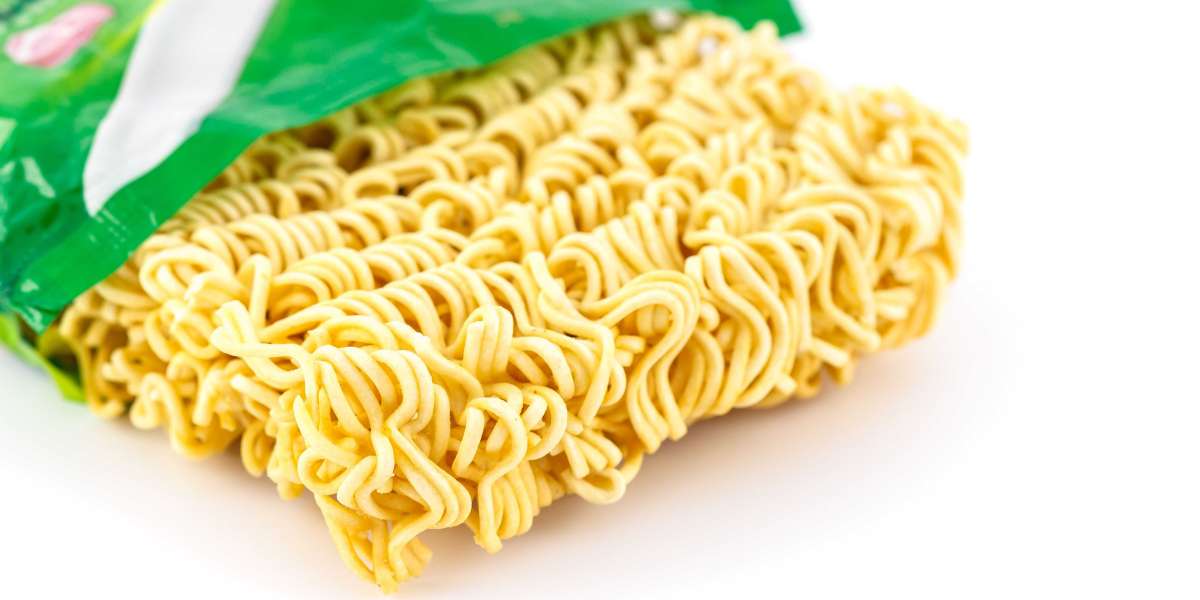Wrapper and noodle products have long been a staple in various cuisines around the world. From dumplings and spring rolls to ramen and pasta, these versatile ingredients have found their way onto plates and into the hearts of food enthusiasts globally. Over time, wrapper and noodle products have evolved, incorporating new flavors, textures, and cooking techniques. We delve into the fascinating journey of Wrapper Noodle Products, exploring their traditional roots and the innovative twists that have made them so popular in modern gastronomy.
The Traditional Origins:
- Dumplings The Delightful Parcels
Dumplings, a beloved staple in many Asian cuisines, have a rich history dating back thousands of years. Originating in China, these delectable parcels have been enjoyed during festive occasions and family gatherings for generations. Traditionally made with a simple wheat-based wrapper, dumplings are filled with a combination of meats, vegetables, and aromatic spices. They are often served steamed, boiled, or pan-fried, offering a variety of textures and flavors.
- Spring Rolls are a Crispy Delight
Another classic wrapper product, spring rolls, emerged from the culinary traditions of China and Southeast Asia. These rolls are made by wrapping a thin rice or wheat flour-based wrapper around a mixture of vegetables, meat, or seafood. The rolls are then fried until golden and crispy, creating a delightful contrast between the crunchy exterior and the flavorful filling within. Spring rolls have become a popular appetizer in many Asian restaurants worldwide, often accompanied by dipping sauces for an extra burst of flavor.
- Pasta A Taste of Italy
In the heart of Italy, pasta reigns supreme. This versatile noodle product has been a staple of Italian cuisine for centuries, with a wide variety of shapes and sizes that lend themselves to different sauces and preparations. Traditional pasta is made with durum wheat flour, eggs, and water, resulting in a satisfying al dente texture when cooked. Whether it's spaghetti, fettuccine, or ravioli, pasta has captured the hearts and taste buds of people around the globe, becoming a symbol of Italian culinary heritage.
Innovations in Wrapper Noodle Products:
- Gluten-Free Alternatives
In recent years, the demand for gluten-free products has skyrocketed due to various dietary restrictions and health-conscious consumers. Consequently, the wrapper and noodle industry has responded with innovative gluten-free alternatives. By incorporating alternative flours such as rice flour, chickpea flour, or even tapioca starch, manufacturers have successfully created gluten-free wrappers and noodles that closely mimic the texture and taste of their traditional counterparts. This innovation has allowed individuals with gluten sensitivities or celiac disease to enjoy dumplings, spring rolls, and pasta without compromising their dietary needs.
- Fusion Flavors
As global culinary boundaries blur, chefs and home cooks alike have embraced the concept of fusion cuisine, combining traditional ingredients and cooking techniques from different cultures. Wrapper and noodle products have become an ideal canvas for this culinary experimentation. Creative minds have introduced innovative flavors into these products, infusing them with spices, herbs, and seasonings from around the world. Imagine dumplings filled with Mexican-inspired ingredients like chipotle-marinated chicken or spring rolls featuring Thai basil and lemongrass. These fusion creations offer a delightful fusion of flavors that tantalize taste buds and provide a fresh twist to traditional recipes.
- Healthier Options
In the era of health-conscious consumers, wrapper and noodle products have undergone transformations to cater to those seeking healthier options. Manufacturers have introduced wrappers and noodles made from whole grains, such as whole wheat, quinoa, or brown rice, which are higher in fiber and essential nutrients compared to their refined counterparts. Additionally, some brands have reduced sodium content in their products or incorporated organic and locally sourced ingredients, appealing to individuals looking for cleaner and more sustainable food choices. These healthier options allow consumers to savor their favorite wrapper and noodle dishes while prioritizing their well-being.
- Innovative Cooking Techniques
While traditional cooking methods like steaming, boiling, and frying are still widely practiced, innovative cooking techniques have also emerged to enhance the wrapper and noodle experience. For instance, "crispy dumplings" have gained popularity, which involves pan-frying dumplings until the bottom becomes golden and crispy while leaving the top steamed and tender. This technique adds a delightful textural contrast to the dumplings, elevating the overall dining experience. Similarly, some chefs have embraced sous vide cooking for noodles, which involves cooking them in a temperature-controlled water bath to achieve precise doneness and enhance the noodles' texture and flavor.
The Future of Wrapper Noodle Products:
As we look ahead, the future of wrapper and noodle products appears promising, with continued innovations and creative adaptations on the horizon. With the rise of plant-based diets, we can expect to see a surge in wrappers and noodles made from alternative ingredients like chickpea flour, lentil flour, or vegetable purees, offering exciting options for vegans and vegetarians. Furthermore, advancements in food technology may pave the way for wrappers and noodles that are tailored to individuals' specific dietary needs, such as low-carb or high-protein variants.
Additionally, as cultural exchanges and globalization persist, fusion flavors and experimental combinations are likely to gain even more popularity. Chefs and food enthusiasts will continue to push the boundaries of traditional recipes, introducing new and unexpected Flavors Wrapper Noodle Products. The combination of ingredients and techniques from various culinary traditions will spark a wave of creativity, ensuring that these beloved products remain relevant and enticing to future generations.
Conclusion:
Wrapper and noodle products have come a long way from their humble beginnings. From traditional dumplings and spring rolls to beloved pasta dishes, they have captured the hearts and taste buds of people worldwide. Through innovative approaches such as gluten-free alternatives, fusion flavors, healthier options, and new cooking techniques, these products continue to evolve and adapt to the changing demands of modern gastronomy.
As we move forward, the future of wrapper and noodle products looks promising, with endless possibilities for further innovation and creativity. Whether it's exploring new flavors, experimenting with alternative ingredients, or reimagining cooking techniques, these culinary delights will undoubtedly continue to tantalize our palates and bring joy to our dining experiences for years to come.








